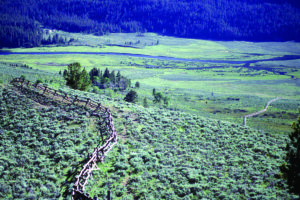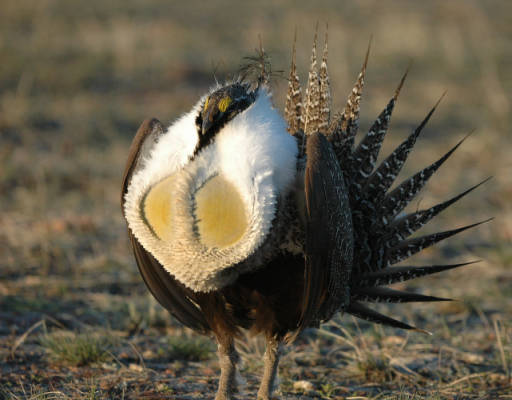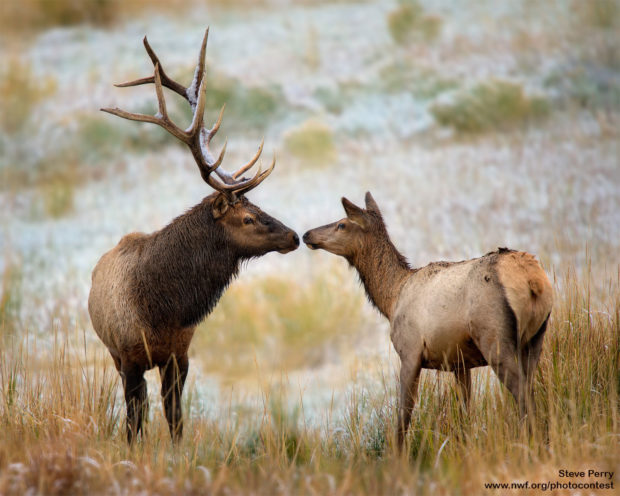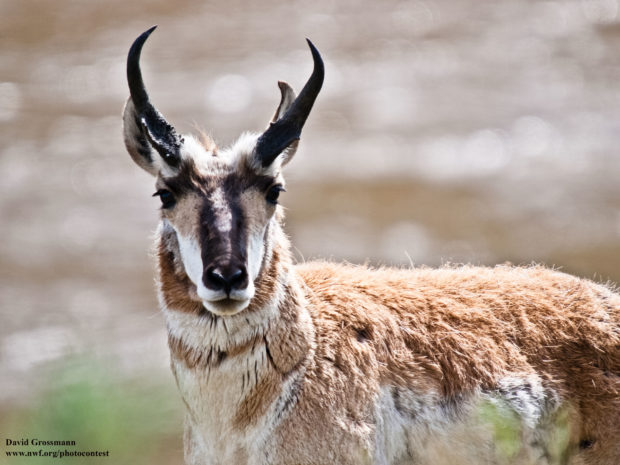We have much more to do and your continued support is needed now more than ever.
Meet Five Species Counting on the Greater Sage-grouse

Sagebrush habitat once stretched out across roughly 153 million acres spanning valleys, mountains, grass-lands and dense shrub land. Today an estimated 106 million acres of sagebrush habitat remain.
At the heart of efforts to save the sagebrush steppe and the hundreds of plant and animal species that call these lands home is a small, brown, chicken-sized bird – the greater sage-grouse.

Protecting the bird really means protecting over 350 plant and animal species. So, how we implement conservation efforts to protect the sage-grouse population is much bigger than the five pound bird.
The USFWS listing decision marks the beginning of a massive conservation effort. The greater sage-grouse is counting on us, and these species are counting on the greater sage-grouse:
Elk

Elk depend on sagebrush nearly year round. They live in the sagebrush steppe during the winter, and are known to eat brush buds during the winter. The animals often calve in sagebrush in late spring; the dense vegetation provides cover for the young during their first few weeks of life.
Pronghorn

Mule Deer

They migrate each year from high elevations in the summer to lower elevations in the winter months to escape deep snow and low temperatures. During the winter mule deer arrive in sagebrush habitat and survive by eating leaves, twigs and woody shrubs, including sagebrush.
Pygmy Rabbit

The pygmy rabbit relies on sagebrush for shelter and food. During the winter – when not burrowing, the pygmy rabbit is one of two species of rabbits that dig their own burrows for warmth and shelter – their diet is 99% sagebrush.
Protect Sagebrush Habitat
The conservation plans finalized by the Bureau of Land Management offer a lifeline not only to the greater sage-grouse but to the hundreds of plant and animal species that define the American West. Sportsmen and women know what is at stake if we miss this once in a lifetime opportunity to preserve our Western legacy through collaborative, bold and smart conservation efforts, not just for the bird but for all the wildlife counting on being able to call the sagebrush steppe home for generations to come.
Ensuring the future of the greater sage-grouse means ensuring the future of the entire sagebrush ecosystem.
Meet more wildlife living in the sagebrush steppe. Check-out the new report “Saving the Sagebrush Sea: An Imperiled Western Legacy”.





















